Music is music yes? Well, no. As the days pass it becomes clear that music style and music blending are now becoming as one. Sub-genres, new genres, and blended forms are shaking the foundation of what once was a fairly stable set of norms for each culture.
Music is in this state of flux because of the massive increase in the ability of humans to communicate. Instant access to practically to anywhere in the world has enabled a sharing of art and culture unlike anything we’ve ever seen. Music is now being composed that may contain elements from two or more cultures. This is now the norm and the movement is picking up even more momentum as each day passes. 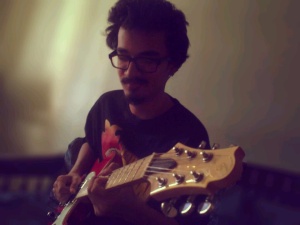
Take Anurag Mishra, a native of Mumbai, India. He creates music that is eclectic and mixed with culture and pure intuition. A man after my own heart he writes, “I can type and type but words have no meaning really. Just listen, that will be enough.” His musical vignettes are snapshots, or better to say, short stories of his life experience mixed with elements of his native and western musical experiences and intuition.
His mix of nature and urban background sounds are as real and alive as his music. How does one conceive of such creativity? Anurag himself is a man who can be passionate and incredibly humorous. He wears his heart on his sleeve and can be at once, or in part, highly emotional and extremely patient and kind. But, that is what makes his music so varied and engaging.
Using his instrumental musings as musical poetry is part and partial of what Anurag is about. His three-song collection The Journey is a prime example. When Anurag says, “I recorded these songs on an old broken mandolin, the tuning alone took hours, but man the tone of old wood. :)” you understand immediately that he is an old soul. He is clearly a composer free and uninhibited ready to create that which is delivered by the process of “creative composing“. He is a self-taught savant ready always for the music to call.
His compositions come to us as not just sounds, but pieces of our lives. For him, bringing music to the earth is almost a religious experience. He takes it seriously and fights hard to get every once of feeling into his works. He is a master of arpeggiated emotionalism in this case taking cello and mandolin and creating what can only be described as a miracle of moving symbolism in musical dialogue. “Wings” is by far his greatest work thus far. Moving me to a state of paralysis until it ends, its notes fall as pedals of sound pulling at every fibre of my being.
“Breathing” sounds like a classical etude until the entrance of the cello. It’s then that you realize he’s done it again. He’s opened your heart. Out it comes, good memories, bad memories; people flash before your eyes. You see that. which you wished to let go of. Then, instantly the music brightens a little and life becomes once again bearable and recoverable. The song ends abruptly with no warning, but not too soon. For Anurag, you see, will write as long as he needs to. No more, no less. Be assured however, that the message will be there for you. But, only you.
In the last composition, “The Red Earth”, you are struck by the beauty of the world. All the earth, not just your small part of it. He describes the piece as “changes from light to dark, or dark to light”. Don’t dare ask for more of an explanation than that. He won’t give it and in this change I speak of, your interpretation pulls more weight. Creators of world instrumental music are happy to listen to your descriptions as it gives them a window into a world they wish to discover.
At the end of this short but powerful collection, you realize that in music at least the universe and it’s inhabitants can live as one. We can understand each other. We can overcome and embrace who we are. We can create freely. Anurag Mishra’s 8:13 seconds of breathtaking soundscapes prove that the world is changing quickly around us.
Mark Jeffery Campayno





 lanned to be an interview/review of a double-release by the band, Silver and Moonlight. However, and as a great surprise to me, the interview segment blossomed into an exhaustive analysis of music making, improvisation, the inner workings of band live and composition, and a look into the mind of a gifted and artistic young lady…I would dare say a modern, artistic renaissance woman.
lanned to be an interview/review of a double-release by the band, Silver and Moonlight. However, and as a great surprise to me, the interview segment blossomed into an exhaustive analysis of music making, improvisation, the inner workings of band live and composition, and a look into the mind of a gifted and artistic young lady…I would dare say a modern, artistic renaissance woman. nd a have you are closer to the truth.
nd a have you are closer to the truth.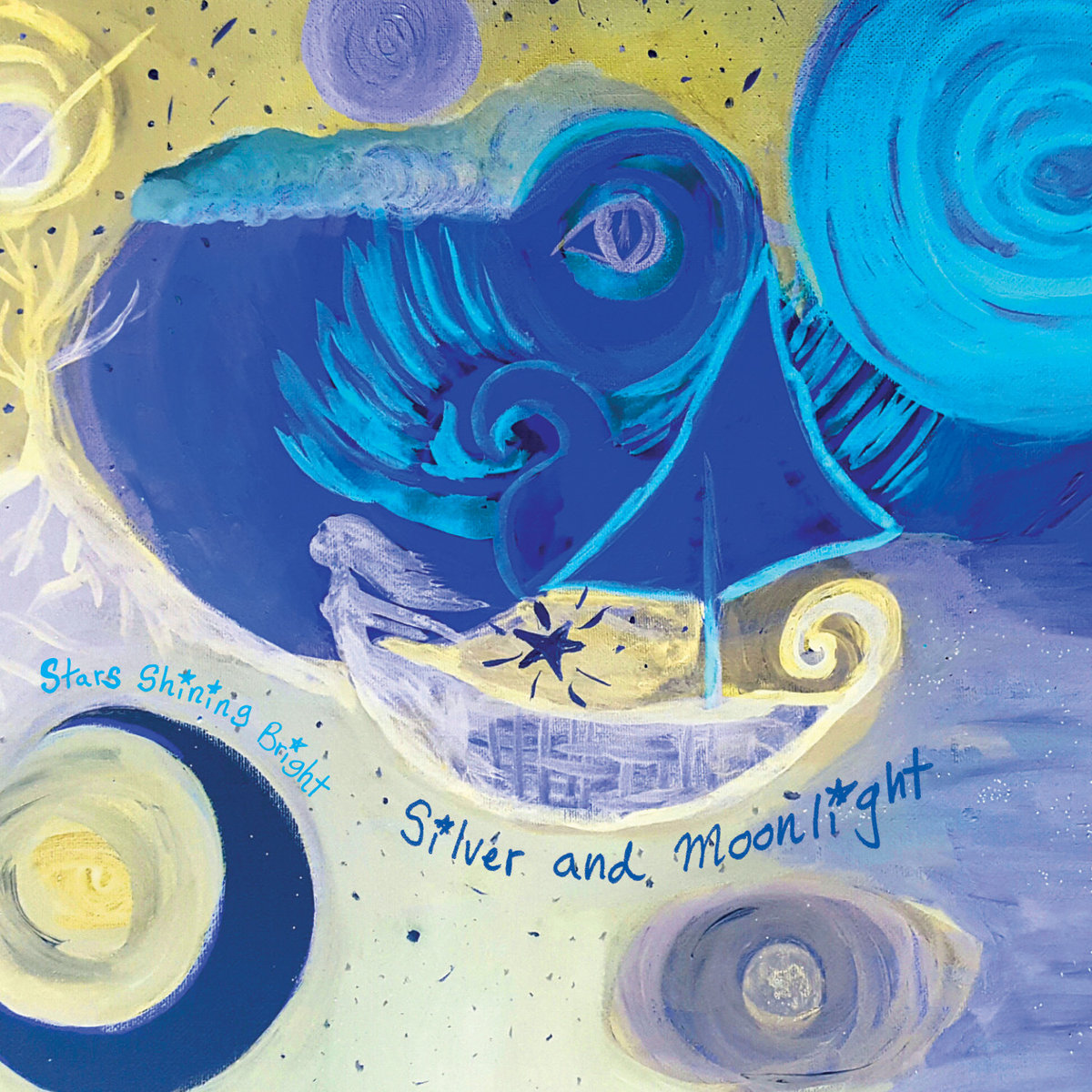
 The Studio Rocks w/Mark Campayno
The Studio Rocks w/Mark Campayno
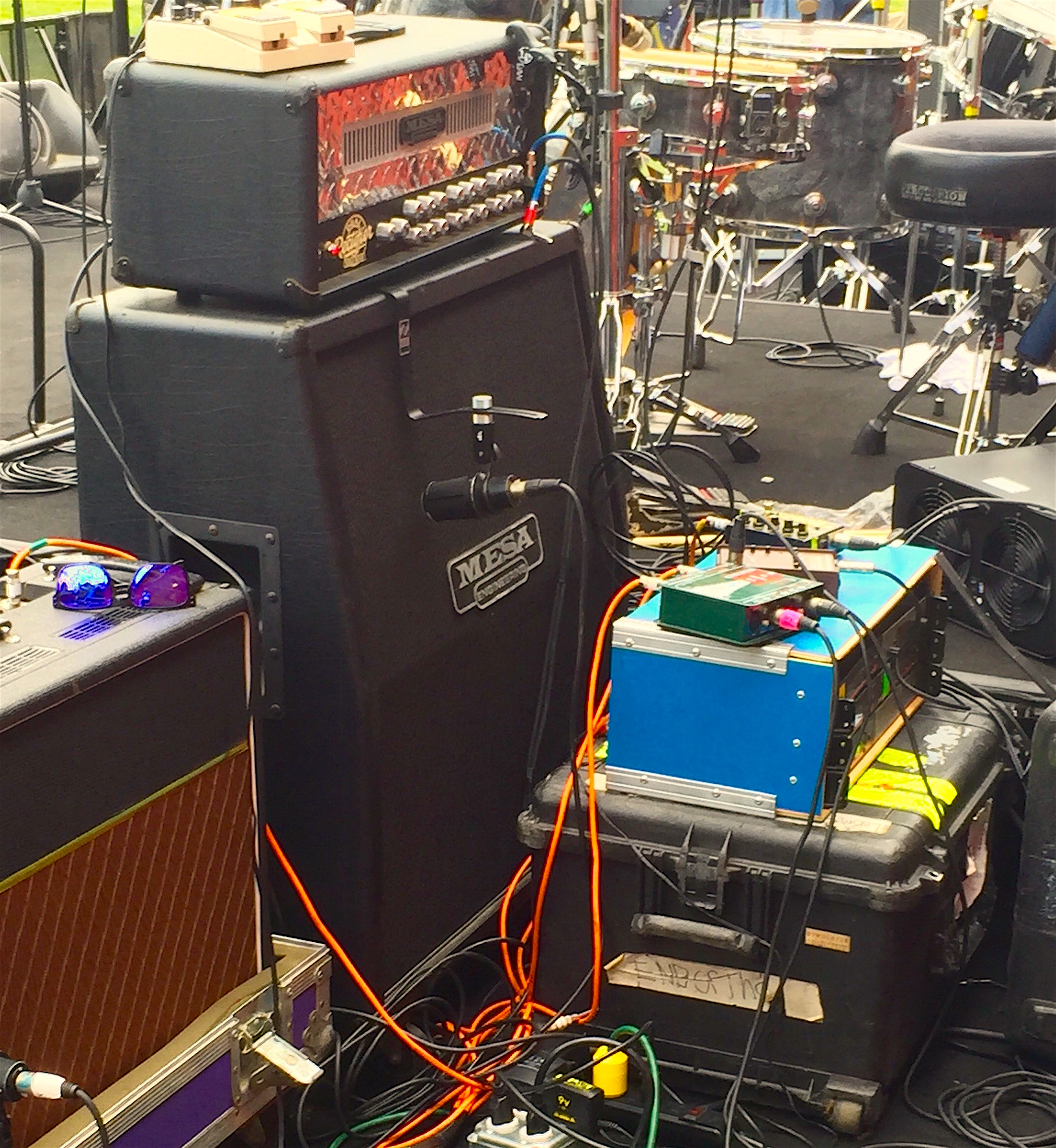 away from the fun and learning that goes on during live recording sessions, however there is much to consider as you prepare for this experience.
away from the fun and learning that goes on during live recording sessions, however there is much to consider as you prepare for this experience.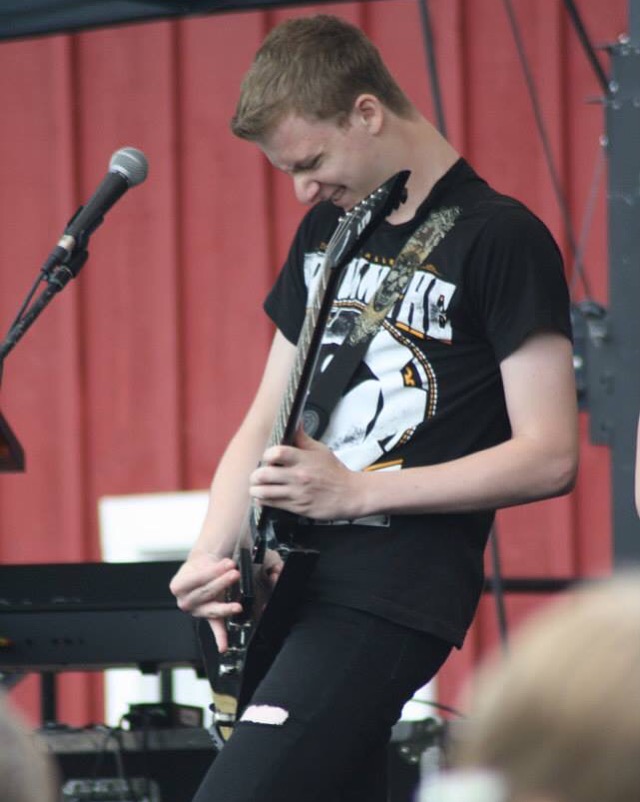
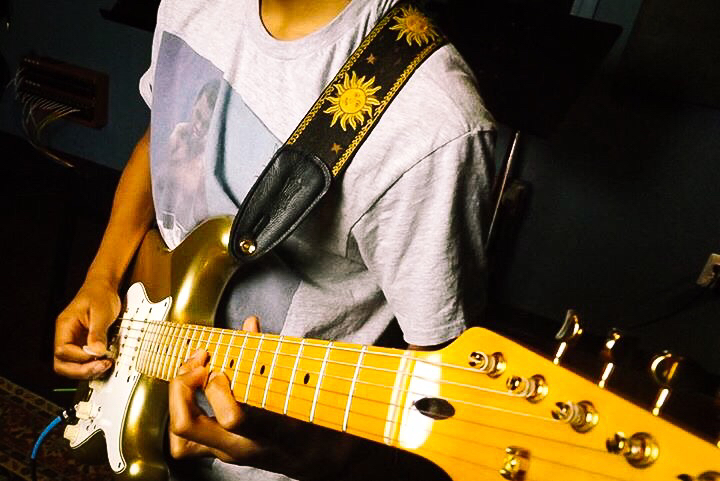 Remember to provide your engineer with a detailed list of your songs and the structure. If not, the clock will tick as you try in vain to describe how each song goes. That is a gigantic time waster. Provide also each member’s role on the songs. Who sings harmonies, who plays tambourine, when does that elusive cowbell part come in?
Remember to provide your engineer with a detailed list of your songs and the structure. If not, the clock will tick as you try in vain to describe how each song goes. That is a gigantic time waster. Provide also each member’s role on the songs. Who sings harmonies, who plays tambourine, when does that elusive cowbell part come in?